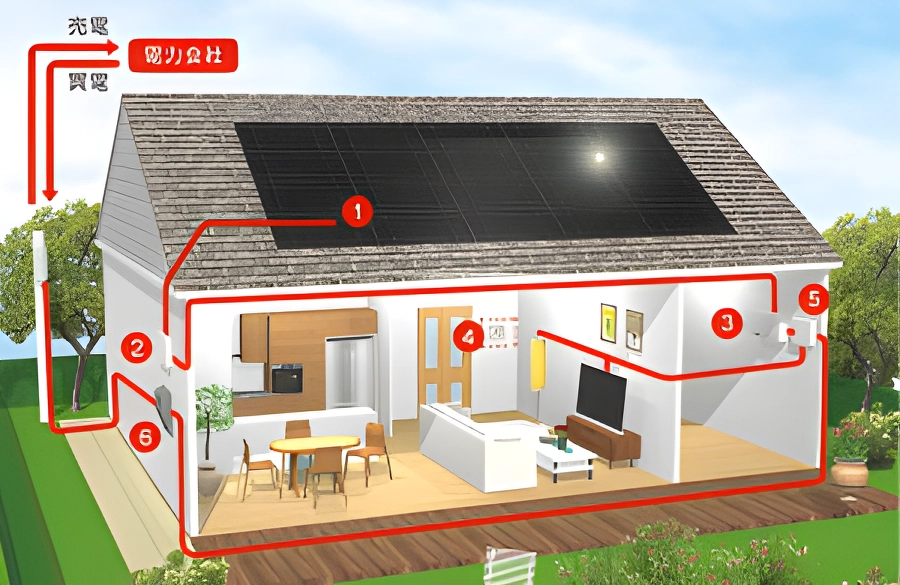When old wood meets new light
I bought a house most people wouldn’t touch. Not because I’m reckless, but because I saw something still alive under the dust and cracked siding. Back in 2016, I was working contracts in the mountains of Gifu, and the idea of owning anything felt far off. But then I found this place — built in the late ’70s, all cedar bones and a roof with promise. It cost less than a small car.
A neighbor called it “useless.” That sealed the deal for me.
The thing about these old homes is that they’re full of space and silence. No insulation, sure. But also no nonsense. After years of making things with my hands, I wanted to see what could be done with a whole structure — not just wood, but systems. And one of the first things I added was sunlight.
Bringing solar to a forgotten roof
In the countryside, power can be shaky. Typhoons take down lines, and in the winter, it’s not rare to lose electricity for hours. I wasn’t looking to go full off-grid, but I wanted something resilient — and quiet. So I started asking around about solar.

Turns out, Japan has solid incentives if you’re willing to do some paperwork. The local city office helped connect me with a certified installer, and by mid-spring, I had a 4.2kW system up and running. Panels on the south-facing slope, inverter tucked behind the tool shed.
Energy isn’t just about power — it’s about independence. And once you feel that kind of independence on your own roof, it’s hard to go back.
It wasn’t plug-and-play. My roof needed structural reinforcement. These older houses weren’t made for that kind of load. I brought in a friend from the old timber framing guild in Nagano, and we added new supports from repurposed hinoki beams.
Costs? All in, just under ¥1.2 million. I filed for the national rebate and got about 20% back within the year.
What surprised me most
I expected lower bills. I didn’t expect how much I’d start watching the sky. Cloud cover, temperature swings, seasonal light — it all started to mean something. Energy turned into a living rhythm.
My wife noticed it too. She started unplugging things we didn’t need, just so we could feel the battery charge last longer. The panels didn’t just change the roof — they changed how we moved in the house.
There was also maintenance. Every fall, I climb up with a soft brush and hose. In Japan, we get a kind of fine yellow dust in spring — it settles on everything. If you leave it too long, it can cut efficiency by 10–15%.
When you take care of your tools — or your roof — you take care of your thinking.
There were tech hiccups. Once the inverter shut down after a voltage spike. Took a few phone calls and a firmware update. But otherwise, it’s been solid.
What it costs now, and what it gives
I used to pay around ¥9,000 a month for electricity. Now it’s closer to ¥2,500, sometimes even lower if we’re careful in the summer. We sell a bit back to the grid too — not enough to get rich, but enough to feel the system’s alive.
But there’s more. When a quake hit nearby in 2018, we had lights and a hot plate while others didn’t. I charged a neighbor’s phone from our backup system. That kind of peace of mind doesn’t show up in monthly bills, but it sticks with you.
Sometimes I think about the people who built this house in the ’70s. They were betting on a different world. Now it’s mine, with a few panels catching light from a new kind of sky.
Where things stand today
I don’t talk about the system much. It’s not for showing off. It just works, like a good tool. Some days it gives more, some days less. But every day, it reminds me that an old thing isn’t dead — it’s just waiting for someone to care for it again.
Old wood, new light, same roof — and a life that finally feels like mine.
That’s the quiet power of working with what’s already there. You don’t need new land, or a flashy plan. Just time, patience, and a willingness to see potential where others see junk.















